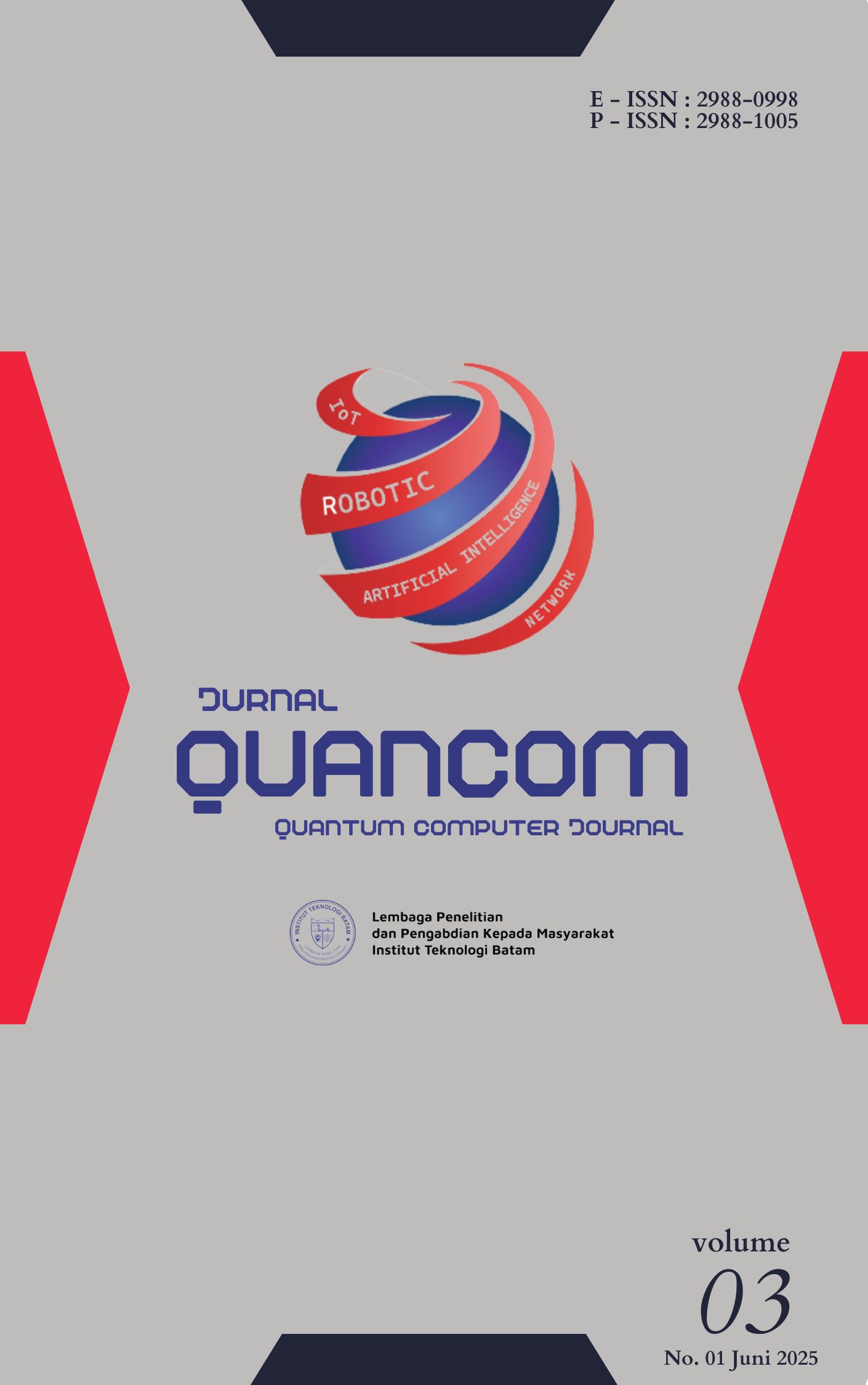Pemanfaatan K-Means Untuk Klasifikasi Citra Toge dan Jamur Enoki Berdasarkan Fitur Bentuk Dan Tekstur
DOI:
https://doi.org/10.62375/jqc.v3i1.610Keywords:
K-Means Clustering, GLCM, Bean Sprouts, Enoki Mushrooms, Feature ExtractionAbstract
The Purpose of this study is to explore the application of the K-Means algorithm in the process of classification of toge and enoki mushroom images, focusing on the separation of objects based on visual characteristics extracted from the image of toge and enoki mushroom is a food ingredient that is often found in foods in Asia, although it has almost similar shapes, but bean beetroot and enoki mushroom belong to different families. where toge belongs to the Marasmiaceae family and enoki mushrooms belong to the Marasmiaceae family. The image classification process begins with taking pictures of toge and enoki mushrooms which are then analyzed to extract the features of shape and texture from the image. Shape features are obtained through calculations such as the object's area, perimeter, and width ratio, while texture features are calculated using the Gray Level Co-occurrence Matrix (GLCM) approach to obtain information on contrast, energy, and homogeneity. Furthermore, the K-Means algorithm is used to group images based on the similarity of the features generated. The results of the study show that the use of shape and texture features with the K-Means Clustering and GLCM algorithms can produce a good and effective classification in distinguishing bean sprouts and enoki mushrooms.















